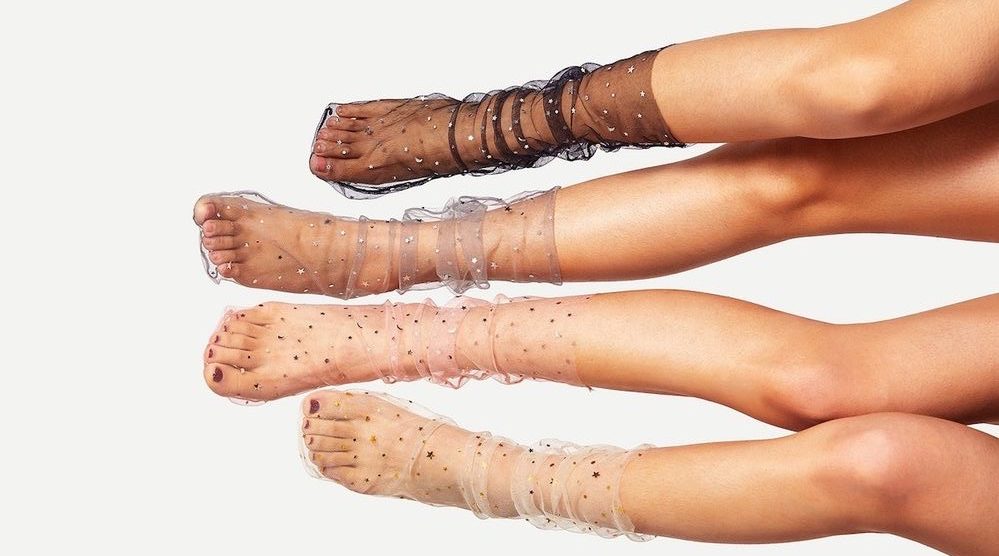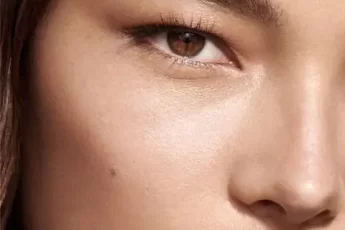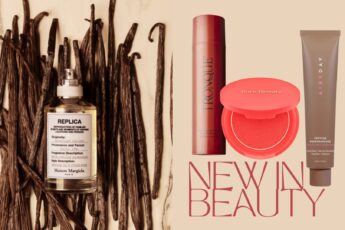DIY hair removal can sometimes be intimidating, especially for those who are attempting it for the first time! And if you’re trying out at-home hair removal in the middle of winter, there are a couple of extra things to be aware of.
When it comes to removing facial and body hair yourself, there are simple steps everyone should know to get a salon experience from the comfort of your home! Ready to say goodbye to body and facial hair? Here you have Daniela Costa, Nair Ambassador & Founder of Daniela Costa Brows guide to at-home hair removal this winter.
You’ll also like this:
ZitSticka Killa Pimple Patches Almost Make Me Look Forward to a Breakout
How To Stay Fit While Working From Home by Libby Babet
The 9 CF New Beauty Releases – This June 2021
1. Prep, prep, prep!
Arguably the most important step to any type of hair removal is your prep. I always recommend removing dead skin build-up by exfoliating 24 to 48 hours prior to any hair removal. This is especially important in winter as you are more likely to have dry skin and are more susceptible to ingrown hairs due to the friction caused by tight pants, leggings and stockings. Exfoliating your skin is as simple as using a body scrub, such as the Ginger & Me Sugar Scrub, or exfoliating gloves that can be used with your usual shower gel.
Exfoliate
Exfoliating your skin will also allow any ingrown hairs to come through and be more easily picked up by wax, cream or tweezers. Some products, such as the Nair Leg Mask with 100% Natural Clay and Charcoal, already contain natural exfoliants so you can skip this step unless you have stubborn ingrown hairs. However, please be mindful that exfoliating prior will be too abrasive if you have sensitive skin – always check your product for key ingredients and features!
Hydrate
Whether you’re waxing or tweezing, you should also always keep your body hydrated with moisturiser to keep your skin feeling smoother and more nourished for longer. However, on removal day, keep the area clean and free of any moisturiser.
Test
It’s always best practice to apply a patch test when using a new product. Pick somewhere hidden, such as behind the ear, so in the event that there is a skin reaction, it won’t be visible.
2. Find the solution that’s right for you
Whether you have sensitive skin, dry skin or suffer from ingrown hairs, you have numerous options to find the best hair removal method for you. Below is a breakdown of easy at-home hair removal solutions.
Waxing
Look for wax products that contain nourishing ingredients such zinc oxide or chamomile, and oils such as argan, coconut and almond. These are key ingredients that will really work as moisturising agents that will result in you having softer, smoother skin and reduce skin irritation and inflammation. In most cases, brands will have developed multiple products targeting different skin types. I recommend the new Nair Soft Natural Wax Strips because they contain chamomile extract and natural beeswax which are nourishing ingredients that your skin will love.
Using wax is most effective – and most comfortable – when the hair is at least 2mm to 5mm long. Giving yourself time in between hair removal sessions will also help to soothe and repair the skin. I always recommend 2 to 4 weeks between hair reduction, depending on your hair growth cycle.
For all types of home waxing, always apply in the direction of hair growth. The key to using wax effectively is to hold the skin taut and pull the strip back quickly against the direction of hair growth immediately after applying the wax. Another common mistake I see is when people remove the wax upwards towards the sky rather than along the skin – removing upwards will only cause the hair follicle to break!
Depilatory Creams
Depilatory creams are particularly suitable for people who have a low threshold for pain. Depilatories are equally as effective as wax and work to remove hair just below the skin surface. All hair that emerges from pores will be dissolved, leaving you with silky-smooth skin completely pain-free! If you’re short on time, look for depilatory creams that are multipurpose. The Nair Sensitive Hair Removal Shower Cream with Coconut Oil works while you’re in the shower so you can get on with your day hair-free afterwards.
Those with really dry skin may prefer to use a depilatory cream that also contains a built-in moisturiser as using wax can sometimes cause more residue as the product will stick to dry patches of skin.
Depilatory creams are easy to apply, with most as simple as lathering it on your skin and waiting 5 to 10 minutes before washing it off or removing it with a warm, damp washcloth. Please always read the instructions on how to use it – you never want to leave the cream on for longer than recommended!
Tweezing
Tweezing is one of the most common methods of hair removal for eyebrows or for rogue and ingrown hairs that pop up (it happens to everyone!). We’ve come a long way since the tragic eyebrow era of the 90s and I think we all agree that the greatest sin of brow maintenance is over plucking.
If you want to shape your eyebrows, use slanted tweezers like Tweezerman Tweezers to get the individual hairs that are out of place close to the brow. Given that the eye area is finer, you need to take precautions in ensuring that your skin is not being lifted – I’ve definitely seen some disastrous at-home results in my time!
The trick to plucking eyebrows is ensuring that your skin is held taught from the root of the hair. Hold the tweezers as close to the skin and pull fast to avoid breaking the hair.
3. Post-Treatment Care
For post-treatment care, I recommend avoiding super hot water for 24 hours to give your follicles the chance to close. To soothe the treated area straight after, use any oil-based products like coconut oil, olive oil or even baby oil with a damp cloth to rub away any residue and nourish the skin.
Keep the area cool and use an antiseptic lotion or moisturiser that contains Aloe Vera or Tea Tree, such as this Body Shop Aloe Soothing Day Cream.
You’ll also like this:
In Conversation with Celebrity Skincare Guru Dr Naomi
6 Simple Immune Supporting Tips and Recipes by Teresa Cutter









Leave a Comment